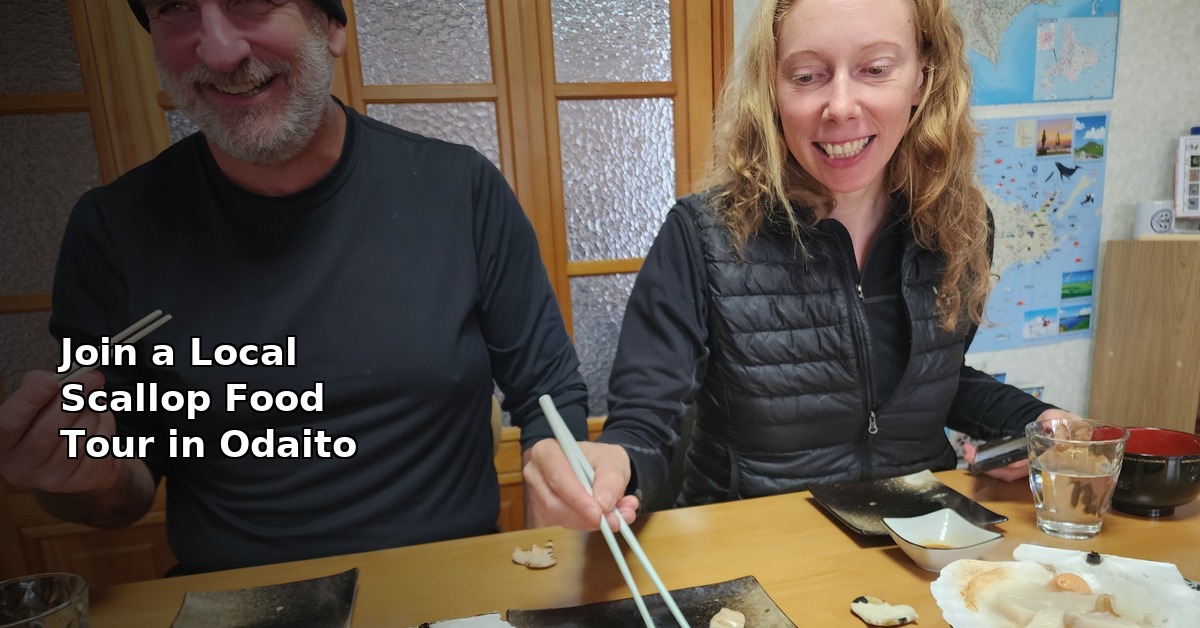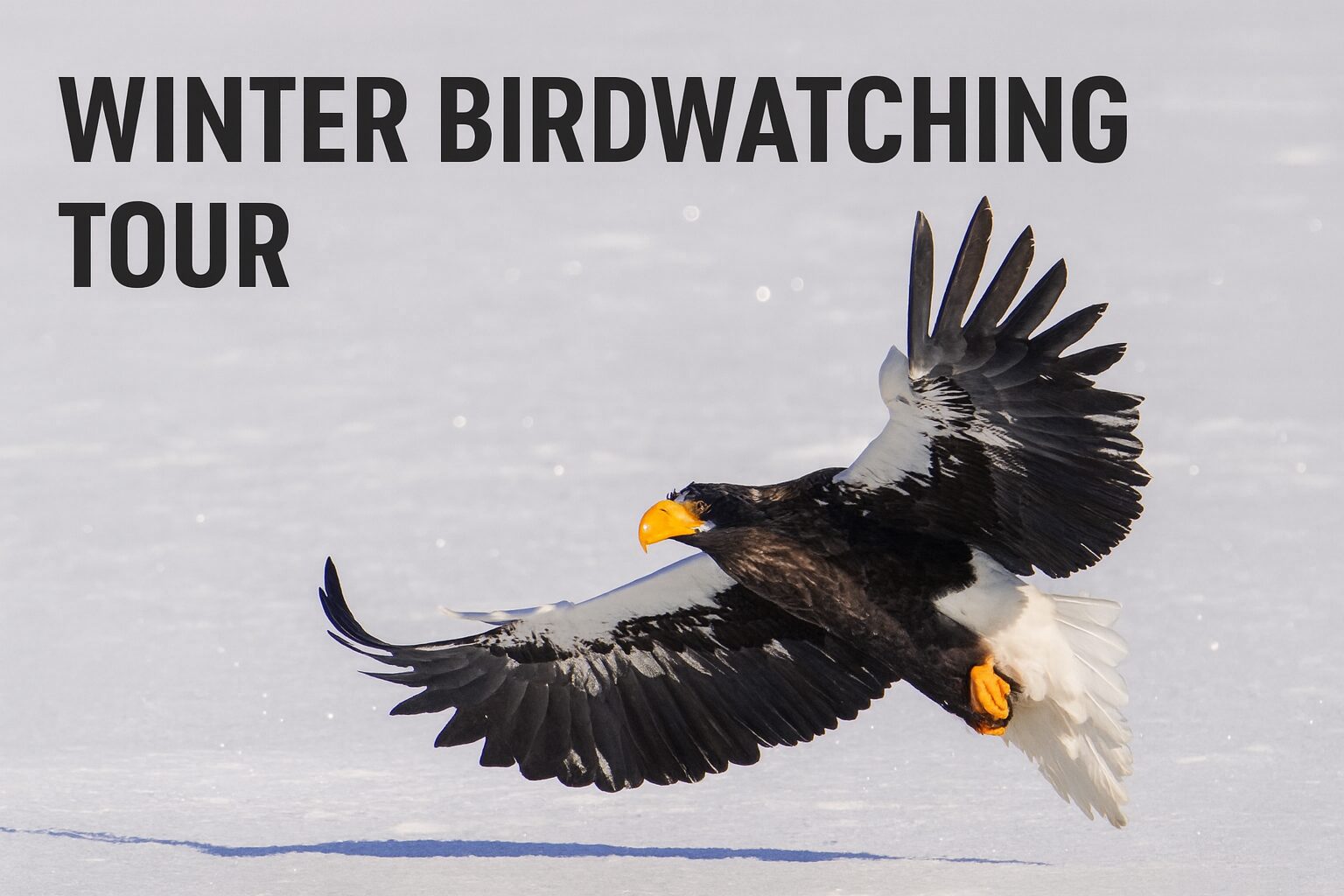
A Hidden Gem Just Two Hours from Lake Akan: Experience the Wonders of Nature at Notsuke Peninsula
2024年11月18日

ODAITO NEST おだいとうネスト
-野付半島まで10分の個室ゲストハウスー
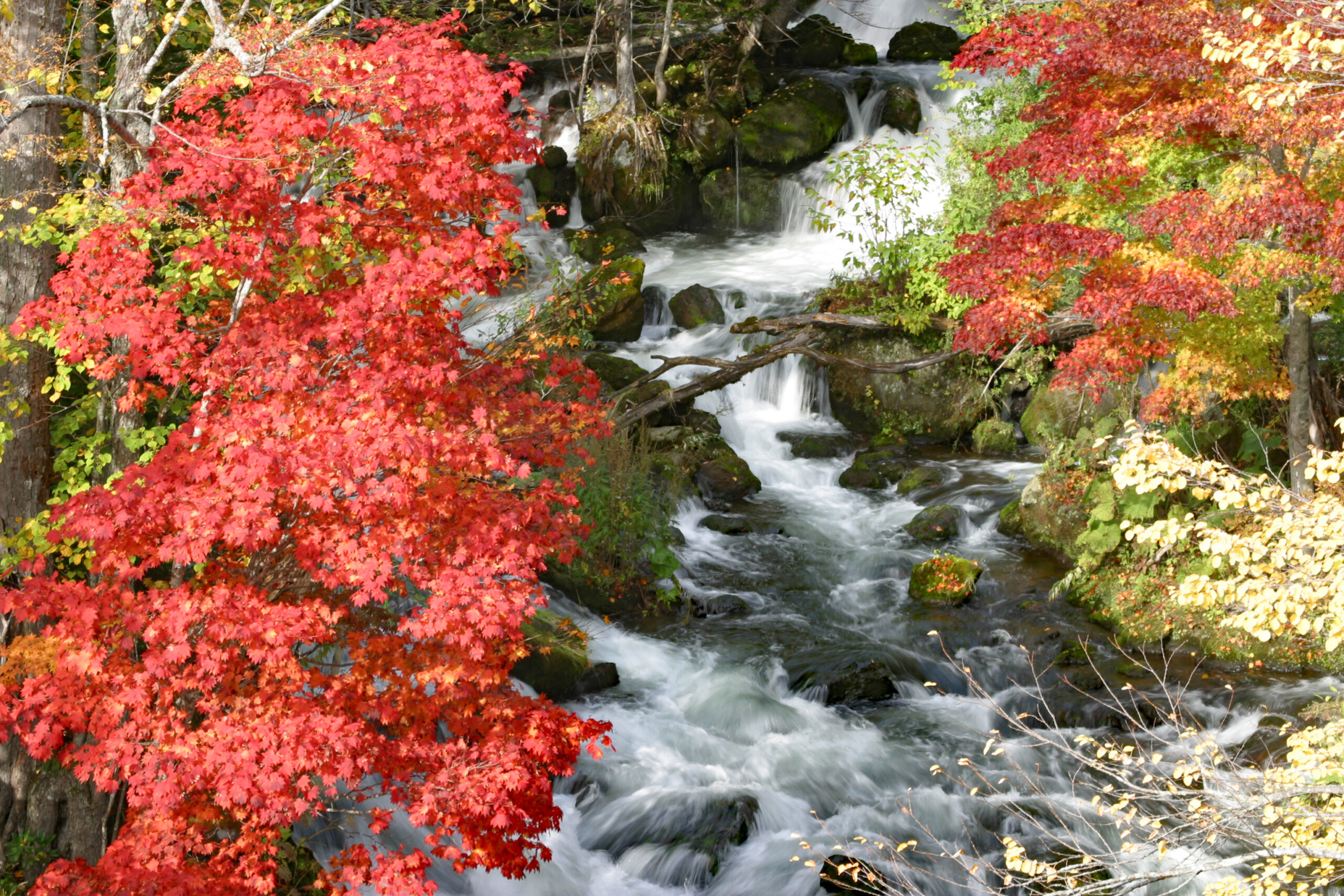
When people think of autumn in Hokkaido, they often picture the fiery red maples of Jozankei near Sapporo or Mt. Kurodake in central Hokkaido.
Both are stunning destinations—but if you travel east, you’ll discover an entirely different kind of autumn beauty.
In this post, I’ll take you through three of the best places to experience fall in Eastern Hokkaido: Lake Akan, Lake Kussharo, and the Shiretoko Peninsula.
These areas are all part of Hokkaido’s national parks, offering spectacular natural scenery and calm, reflective lakes surrounded by golden forests.
I live here in Eastern Hokkaido, and this guide is based on real local experiences—what to see, when to visit, and how to make the most of each place.
Lake Akan is one of the most famous onsen (hot spring) towns in Eastern Hokkaido, located inside Akan-Mashu National Park.
It’s a popular stop for both Japanese and international travelers, known for its hot springs, crystal-clear lake, and connection to the Indigenous Ainu people.
In the Ainu Kotan village, visitors can experience traditional dance performances and admire intricate woodcarvings that express Ainu culture and spirituality.
Along the lakefront, ryokan inns and hotels line the shore, making it an ideal base for a relaxed autumn getaway.

Just five minutes by car from the Lake Akan onsen area, Takimibashi Bridge is one of the most picturesque viewpoints around the lake.
Here, the slopes along the Akan River turn vivid red, yellow, and orange in late September to early October.
The name “Takimibashi” means “Waterfall Bridge,” though there’s no real waterfall—just a series of gentle drops in the river that look like one.
If you’re lucky, you might see steam rising from nearby hot springs, adding a soft, misty atmosphere to the view.
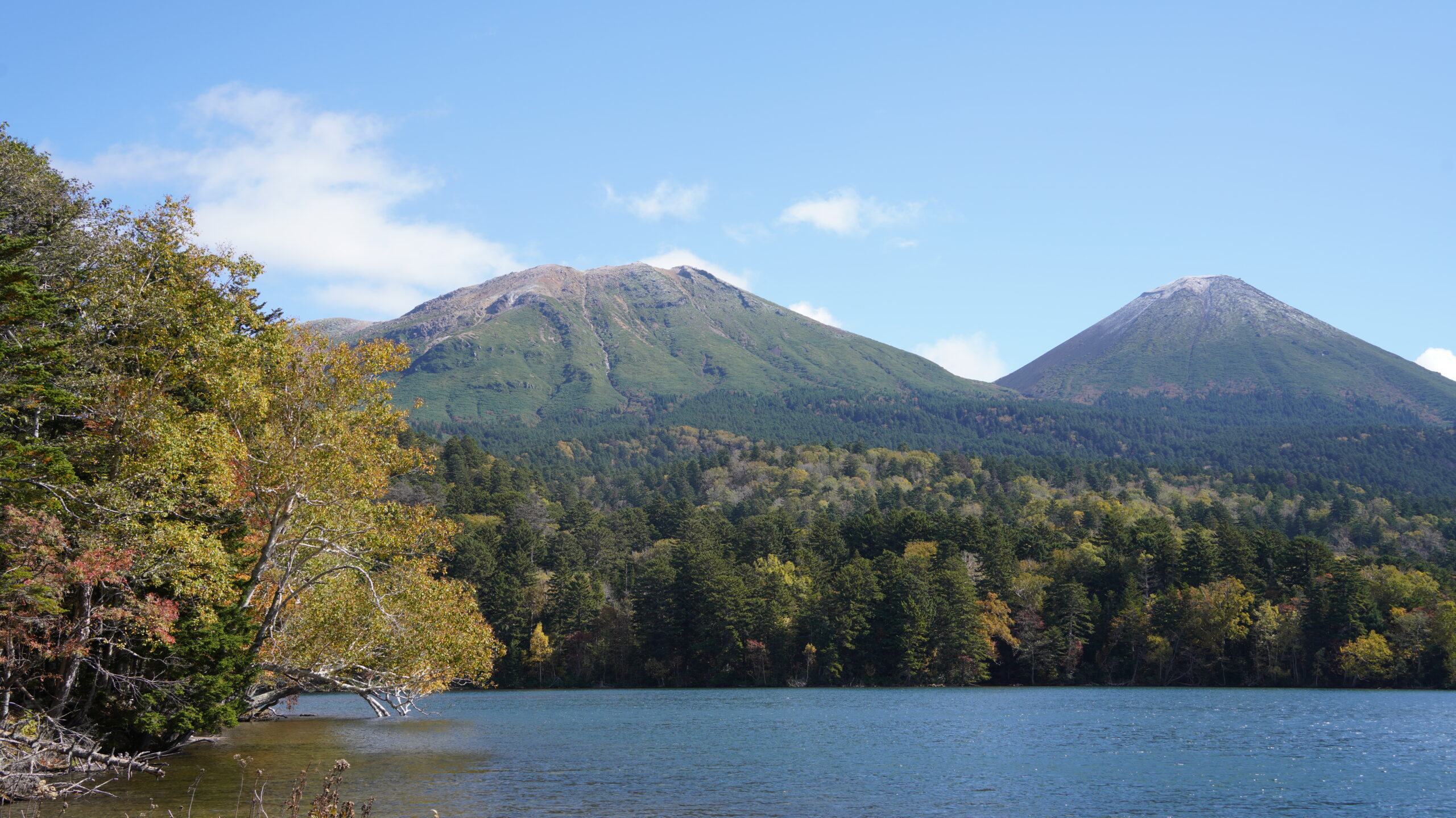
About a 30-minute drive west of Lake Akan, Onnetō Lake is tucked deep within the forest.
It’s one of Hokkaido’s “Three Secret Lakes” and is famous for how its color changes depending on the light—from deep blue to emerald green.
In early October, the surrounding maples and oaks explode into bright color, reflected perfectly on calm, windless days.
Behind the lake, you’ll see Mt. Meakan and Mt. Akan Fuji, creating one of the most photogenic landscapes in all of Eastern Hokkaido.
Even outside the peak season, Onnetō’s tranquil, mysterious beauty makes it a must-see.
About an hour east of Lake Akan lies Lake Kussharo, Japan’s largest caldera lake.
It’s also part of Akan-Mashu National Park and known for its stunning scenery in every season—from autumn reflections to the white swans that arrive in winter.
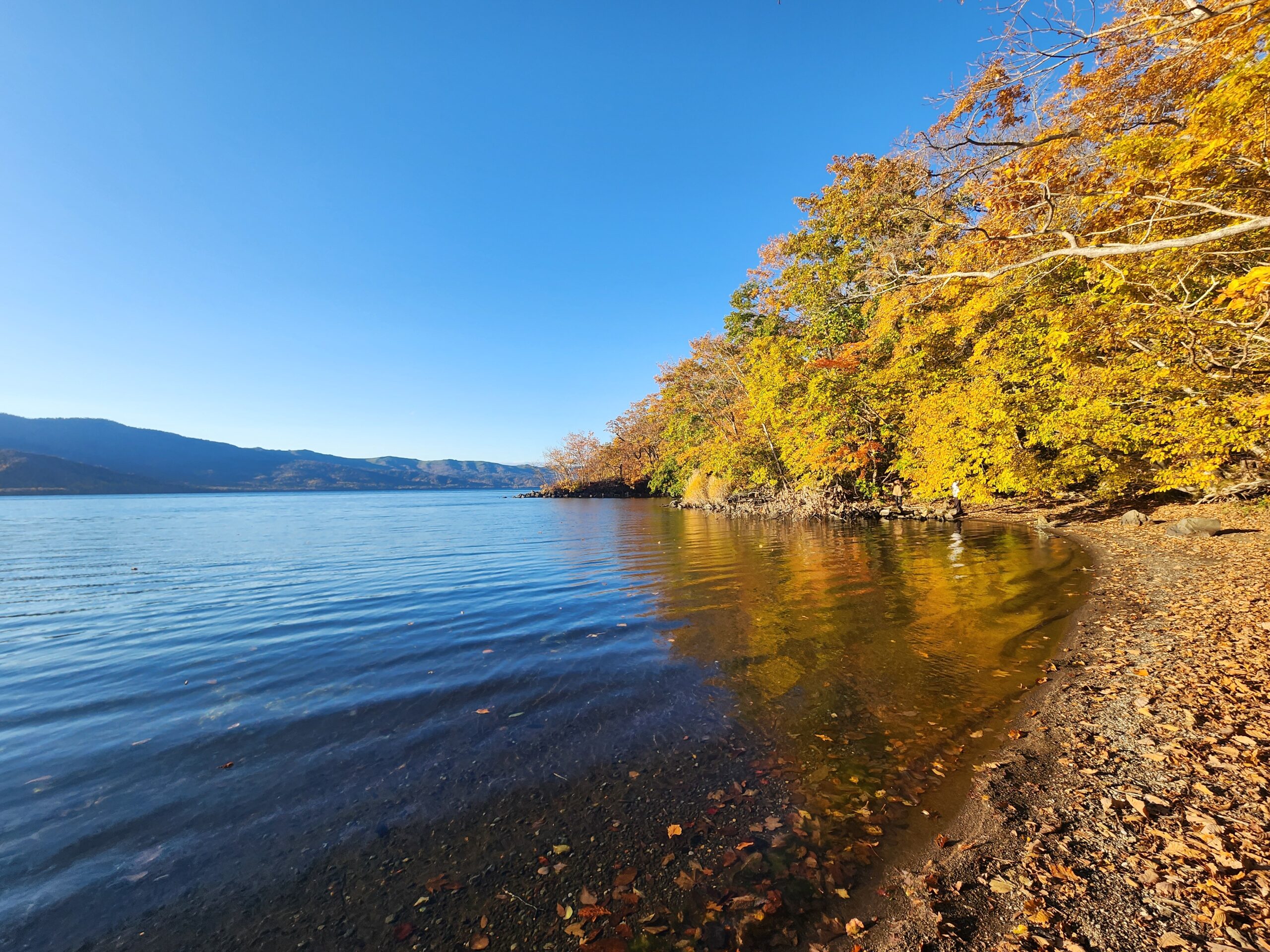
The Wakoto Peninsula juts out into the southern shore of Lake Kussharo.
Formed by volcanic activity, it has a walking trail that loops around the entire peninsula in about an hour.
In early to mid-October, the forest glows in yellow and red, and the calm lake mirrors the surrounding trees.
From the path, you can see Nakajima Island, a small uninhabited volcanic island floating in the lake—another reminder of the region’s dynamic nature.
A 30-minute drive from Wakoto brings you to Mt. Iō, an active volcano where sulfur was once mined.
Today, you can still see plumes of steam venting from the ground, and in autumn, the contrast between the mountain’s gray slopes and the golden forest at its base is breathtaking.
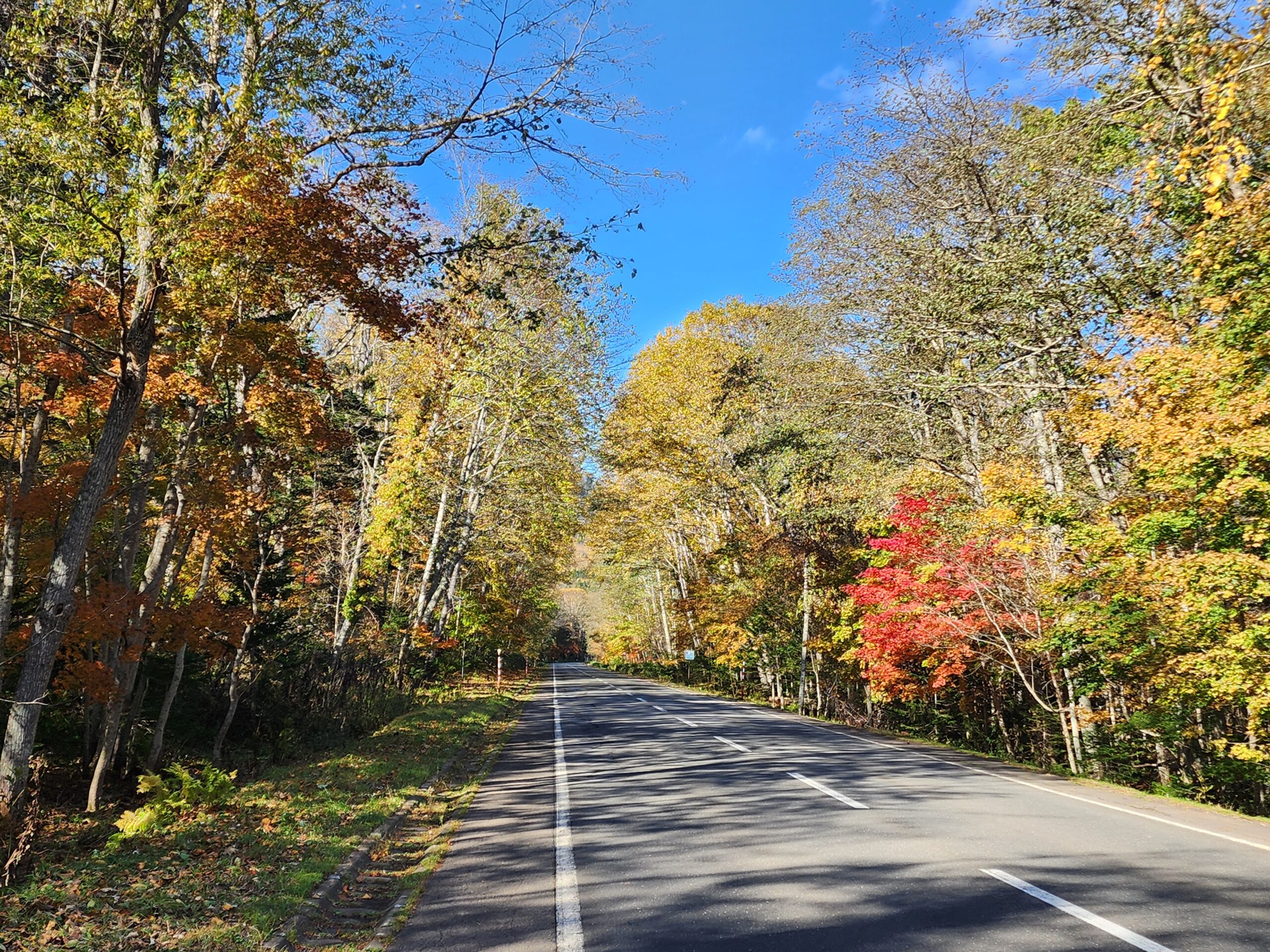
If you continue along Route 52, the drive from Mt. Iō to Kawayu Onsen becomes a tunnel of autumn colors.
This road isn’t marked as a scenic route, but it’s a hidden gem known among locals.
The untouched forest on both sides forms a canopy of leaves, and when the wind blows, fallen leaves swirl through the air like snow.
Slow down, open your window, and enjoy the view—it’s one of the quiet pleasures of driving in Hokkaido.
Further north lies the Shiretoko Peninsula, a UNESCO World Heritage Site and one of Japan’s last untouched wilderness areas.
It’s a place where you can see whales, orcas, and even brown bears, and in autumn, the landscape glows with vibrant colors before the first snow arrives.
Set in the heart of the peninsula, the Shiretoko Five Lakes are surrounded by dense forest and backed by the dramatic peaks of Mt. Rausu.
From early to mid-October, the area is filled with color—maples, birches, and mountain ash all turning at once.
There are two walking routes:
The Elevated Boardwalk, an easy, accessible path with great views.
The Ground Trail, which requires a short 10-minute safety briefing because the area is bear territory.
If you want to see all five lakes, take the Ground Trail—you’ll walk right through the forest, surrounded by the full beauty of Shiretoko’s autumn.
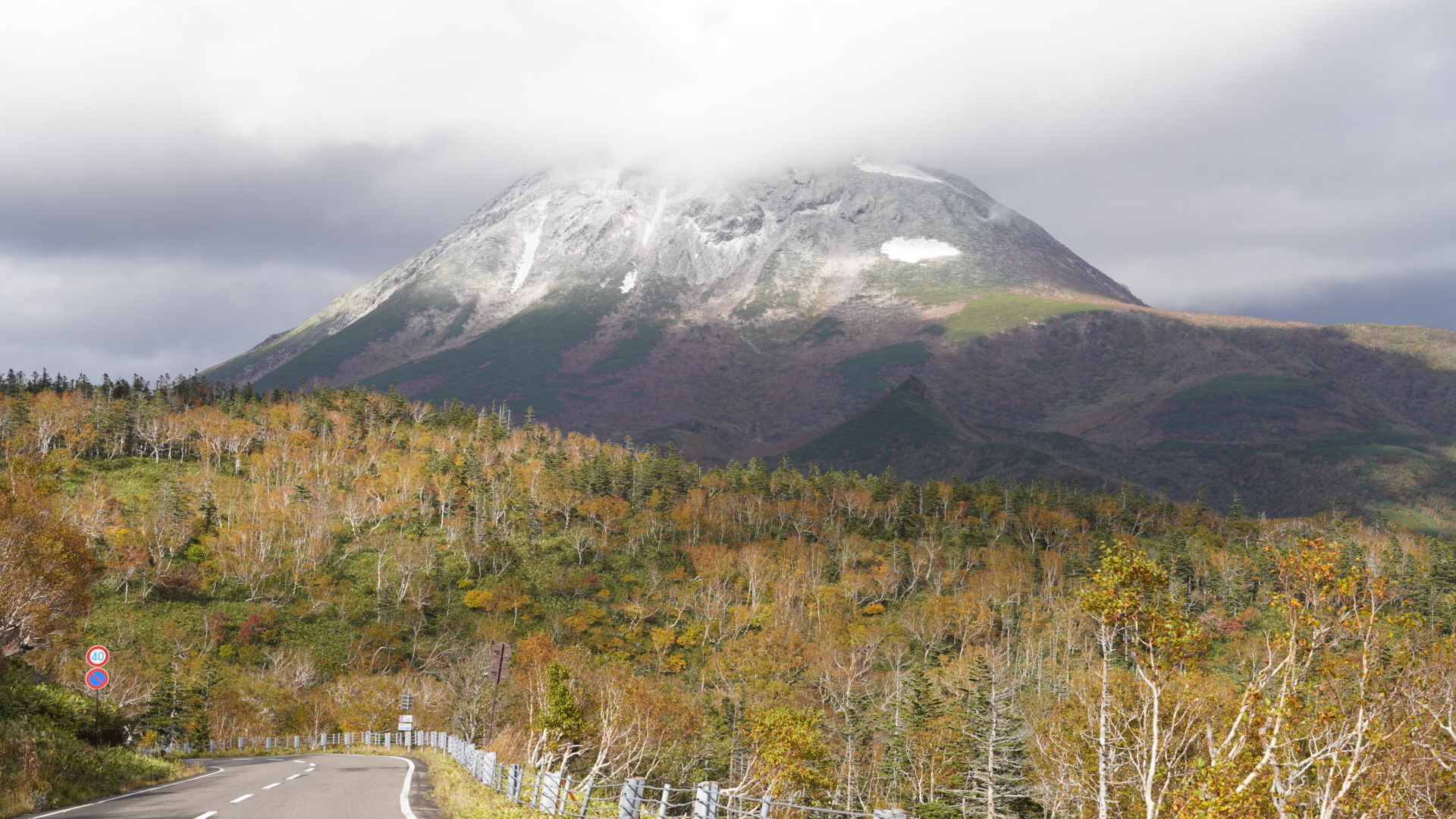
The final stop is Shiretoko Pass, the highest point on Route 334 between Utoro and Rausu.
At 738 meters above sea level, it’s one of the first places in the region to turn color each year.
Rowan and birch trees paint the slopes in gold and orange, contrasting sharply with the dark rock of Mt. Rausu.
By early October, the mountain tops are often dusted with snow, creating a rare sight—autumn and winter in the same view.
Even the drive up to the pass is beautiful, with colors shifting as you climb in elevation.
Lake Akan, Lake Kussharo, and the Shiretoko Peninsula each offer a different kind of autumn experience—reflections on calm lakes, fiery mountainsides, and endless tree-lined roads.
In recent years, warmer temperatures have delayed the peak season and changed the hues slightly, but that’s part of the beauty—no two years are the same.
Eastern Hokkaido’s autumn colors are softer and more golden compared to the deep reds of central Japan.
That’s because of the region’s many birch and larch trees, and its cool, misty climate.
If you’re planning a fall trip to Hokkaido, don’t stop at Sapporo or Asahikawa—come east.
You’ll find a quieter, wilder, and more atmospheric version of autumn waiting for you.
